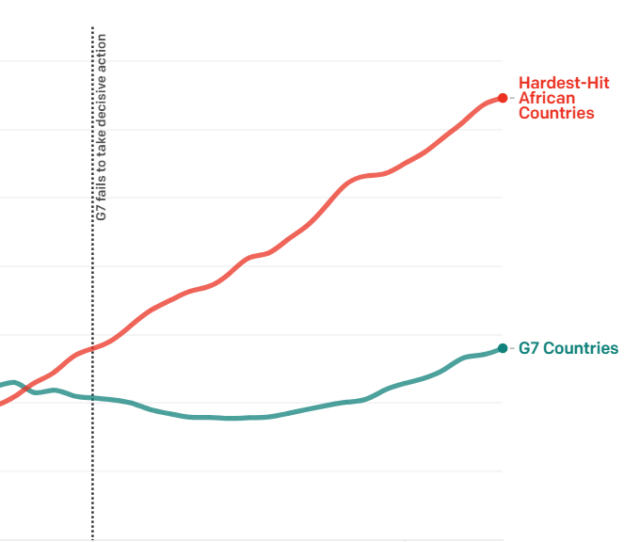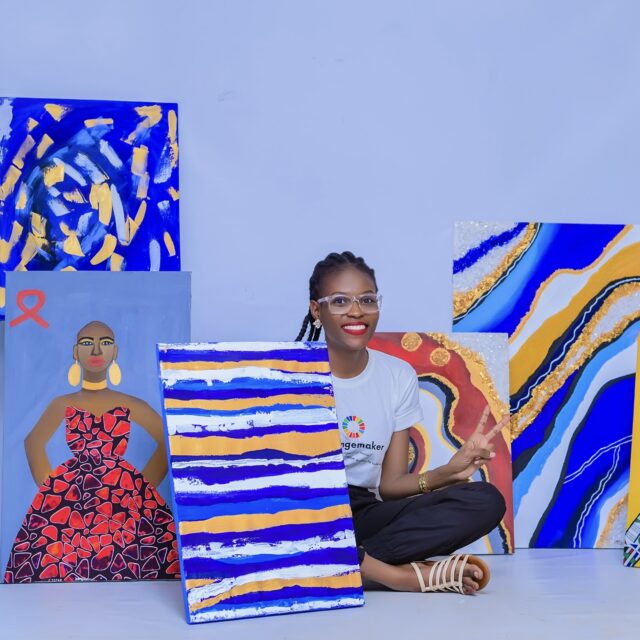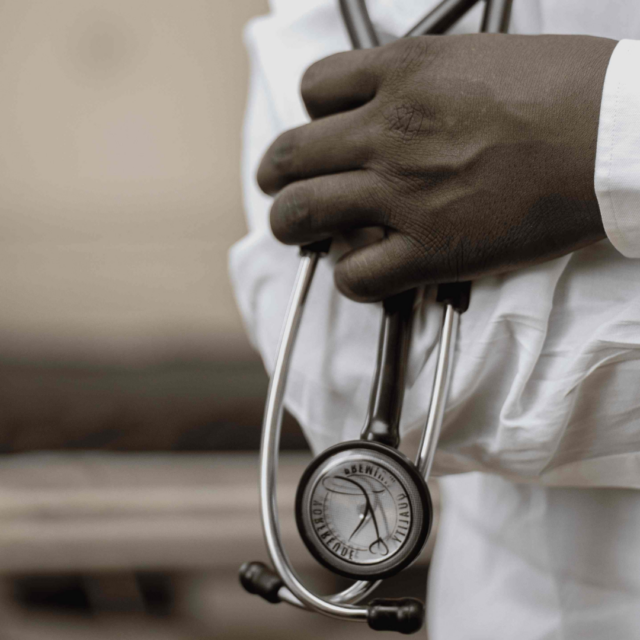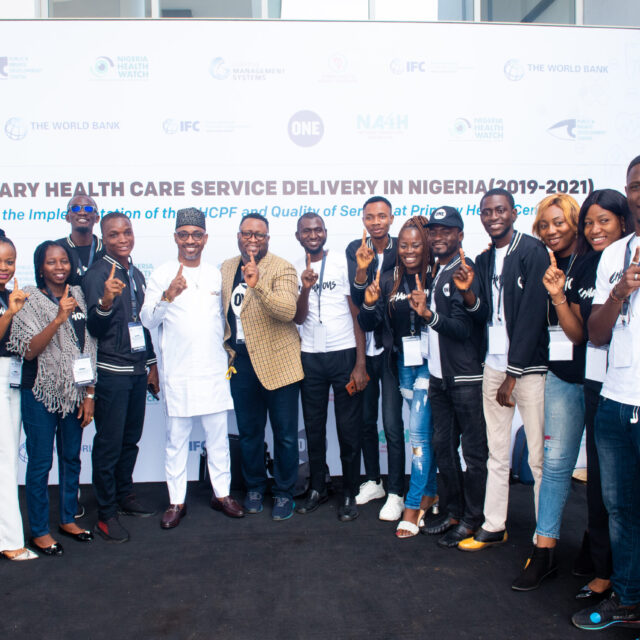African countries are facing a third wave of COVID-19 infections which threatens to be even more brutal than the two that came before. Across Africa, between June and July, cases rose by nearly 200%. The continent just exceeded its worst-ever week in the pandemic, and the WHO has warned that cases are now doubling every three weeks. Over a dozen countries have already reported their highest rate of infections since the start of the pandemic, with over 700,000 confirmed cases reported between May and June.
The situation is particularly dire in sub-Saharan Africa, where the growth in cases is now the fastest in the world. In some countries, confirmed infections are already more than double, or even triple, their January peaks. The sharp rise in infections is thought to be driven primarily by the spread of the Delta variant, estimated to be 60% more transmissible. Twelve African countries have now detected ‘variants of concern’, including nine with the Delta variant. While COVID-19 was previously considered by some to be a “city disease,” infections are now spreading rapidly in rural areas.
Tip of the iceberg?
What’s more, we could be seeing just the tip of the iceberg. Testing rates in Africa are woefully low, meaning many cases could be going undetected. Indeed, for the majority of African countries, there is no publicly available data at all on testing. Even in Namibia, which is currently carrying out more tests per capita than any other African country, the rate is over ten times lower than the UK. One in every three tests is coming back positive, compared to one in every 70 in the UK.
To make matters worse, countries like Tanzania or Burundi have massively downplayed the virus and its risks – reporting unbelievably low numbers of cases and deaths since the start of the pandemic. Tanzania, for example, has reported no new cases since May 2020 – and only 509 cases and 21 deaths in total as of July 2021.
Our understanding of the evolution of the pandemic is primarily based on about a dozen countries which are conducting mass testing and reliably reporting data. As shown in the chart below, the situation in these countries is deteriorating extremely quickly.
Since we are not getting the full picture in terms of tests or cases, data on the death toll is likely to be incomplete as well. The Economist has estimated that the true death rate from the virus in Africa is likely to be up to 11 times higher than officially reported. That means as many as 1.4 million deaths so far… as African countries look set to head into their biggest wave yet.
Health systems in crisis
One area where we can clearly see the effects of the surge is its devastating impact on Africa’s fragile health systems. Hospitalisations increased by 40% across the continent in the week to 20 June, and by a further 42% the week after, stretching healthcare services to breaking point. Consequently, several countries are experiencing severe shortages of life-saving medical treatments, with reports of patients dying while waiting for a hospital bed. One Somali doctor said that between five and ten of his COVID-19 patients were dying every day due to a lack of medical oxygen.
Governments are battling to prevent their health systems from becoming completely overwhelmed, with many imposing strict lockdowns. Uganda introduced sweeping anti-coronavirus measures with hospitals turning patients away due to lack of space. Zimbabwe has imposed a dusk-till-dawn curfew amid a five-fold increase in cases in just two weeks, and South Africa, Namibia, and Rwanda have all also tightened restrictions. The consequences of such lockdowns in low-income countries are severe; studies suggest that the economic fallout of such measures could potentially cost more lives than they save.
Astoundingly unequal
Meanwhile, the vaccination rollout in Africa continues to be extremely slow. ONE’s COVID-19 Africa Tracker shows that of the over three billion vaccine doses administered globally to date, less than 2% were in Africa. This has left vast swathes of the population unprotected, allowing the virus to circulate unchecked.
This astounding inequality shows no sign of abating, as deliveries of vaccines to African countries have all but dried up. The WHO warned recently that of the 80 countries that rely on COVAX deliveries, “at least half of them do not have sufficient vaccines to be able to sustain their programmes.” Uganda and Zimbabwe reported that they have run out of doses entirely, and Namibia announced that no new initial vaccinations would be given due to the shortfall in vaccines.
To date, COVAX has been responsible for only 4% of the shots administered globally, falling well short of its targets, as rich countries continue to hoard global vaccine supplies. In June, COVAX was forced to lower its targets for this year from 27% coverage of AMC countries’ populations to 23%. Recent pledges on vaccine sharing, including from the G7, are nowhere near the 11 billion doses required to reach global herd immunity. At this rate, many people in African countries will have to wait until 2023 to be vaccinated. And yet, ONE’s analysis shows that the world’s richest countries could vaccinate their entire population and still have over 2 billion doses to share — enough to protect the entire adult population of Africa.
Now or never
The only way to end the pandemic, and to prevent the spread of dangerous variants, is to dramatically slow transmission of the virus through widespread vaccination. We are calling on wealthy countries to help redress this situation with a comprehensive, coordinated strategy to get to global herd immunity as soon as possible. This should include increasing the global supply of all COVID tools through investment, policies, and the redistribution of excess doses. Leaders must also agree to a burden-sharing model and begin to plug the gap by fully funding ACT-A and COVAX and rapidly fund capacity to deliver doses in-country.



